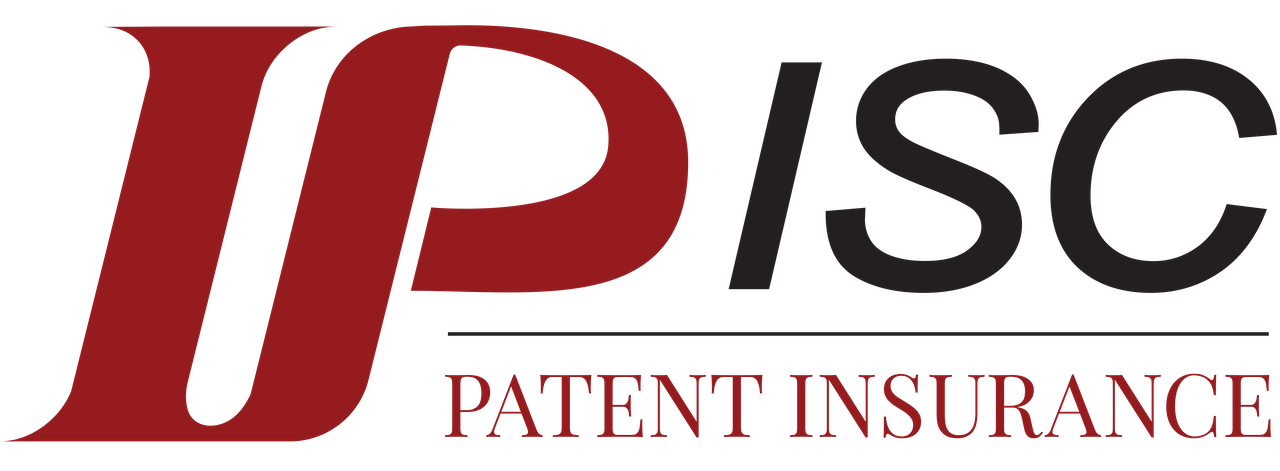What is Intellectual Property?
Intellectual Property (IP) includes creations of the human mind or intellect. IP stimulates technological innovation and promotes the progress of science and the useful arts. IP is essential to a company’s economic growth and success. Companies leverage IP as invaluable business assets to improve product/service profitability, achieve/maintain a competitive advantage, and improve market share/value in a global market.
What are the differences between the various types of Intellectual Property?
IP Insurance Process Overview

Initial Call
Coverage Information

Estimate
Premium and Terms (optional)

Application Submission
Begin underwriting process

Proposal of Terms
If there are outstanding questions

Negotiation of Terms
Terms set for discussion and review

Bind Coverage
Secure coverage and pay premium or finance





